USM and Alexander May Studio present a monochrome meditation on the modern workspace
These six flexible workspaces ‘encourage clarity of thought, calm, and self-definition’, says New York designer Alexander May of his partnership with the modular furniture brand
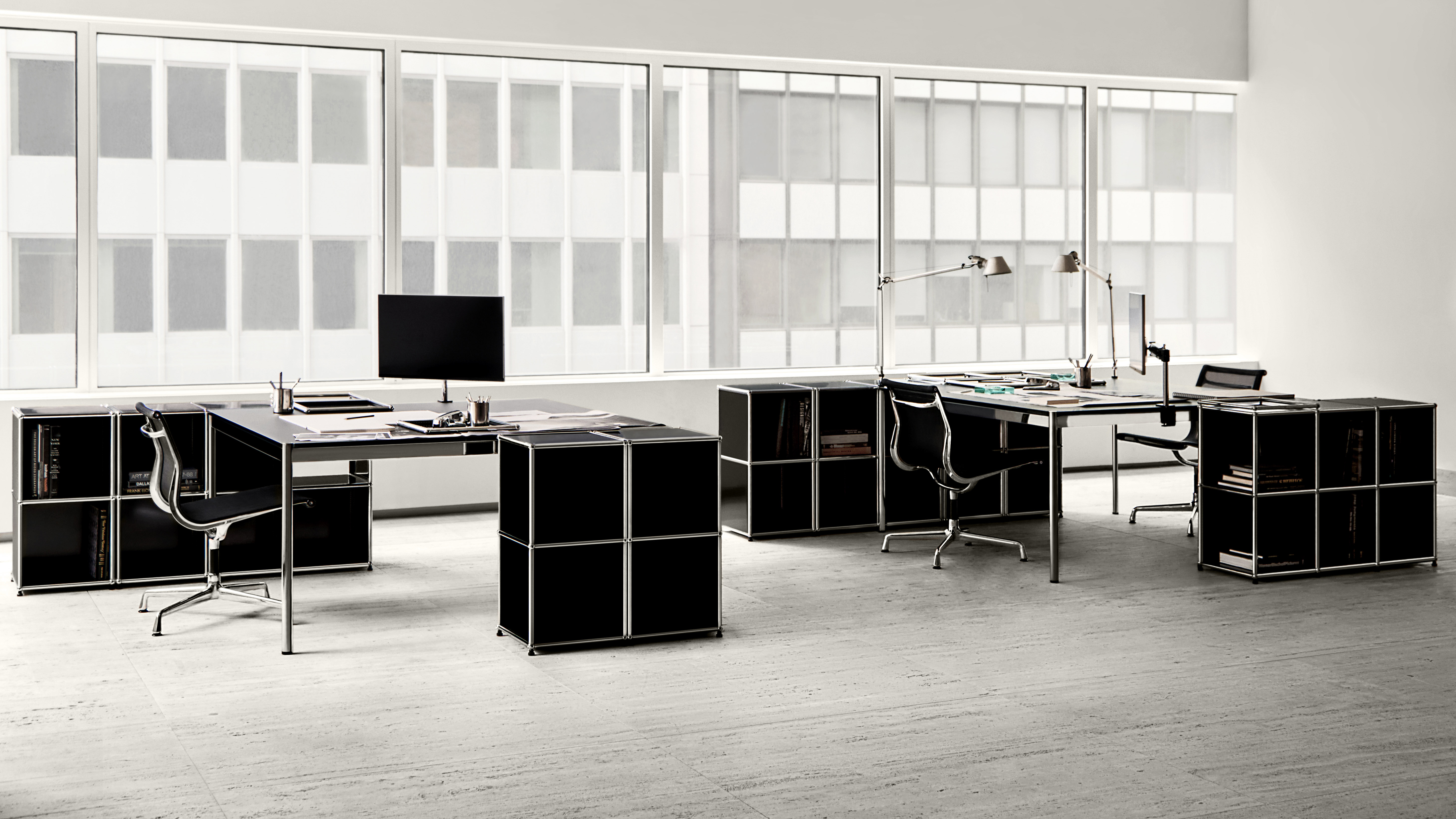
The office has undergone some major shifts in recent years, as employers seek to make their spaces more homely – and, ultimately, more enticing. Now joining the conversation, with its own distinct voice, is Swiss modular furniture brand USM, which has partnered with New York design practice Alexander May Studio to offer a counterpoint. Called 'The Architecture of Work', the project is a stripped-back spatial study exploring how design and architecture can reshape our understanding of the contemporary workplace.
Presented through six modular ‘officescapes’, the project reinterprets the logic, structure and psychology of work using the USM Haller system – the celebrated modular furniture first developed in 1961 by Paul Schärer and Fritz Haller.

Alexander May
Conceived shortly after May’s move to New York last year, the project draws on the city’s density, energy and intellectual charge, and most pointedly on the building in which it was developed: 161 Water Street, home to May’s own studio. Once the AIG headquarters, the Emery Roth & Sons-designed tower was built in 1982 , amid the high-gloss, high-ambition corporate boom of the era. This historical backdrop set the tone for May’s investigation into how spatial design can reflect, support and evolve with today’s working patterns.
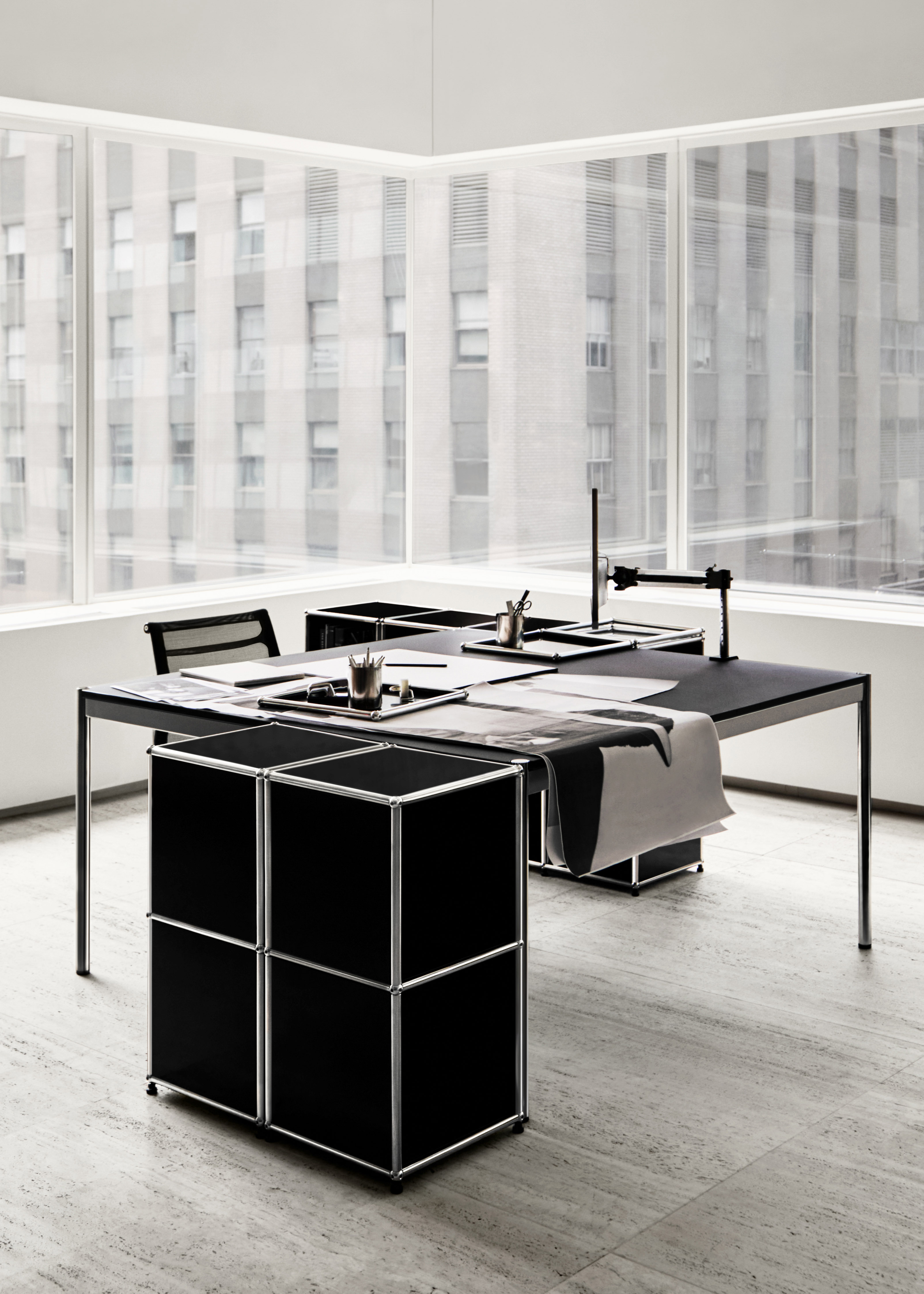
'The needs of modern work are fluid, constantly redefined by technology, geography, and personality, ' explains May, who is known for his sleek and minimalist aesthetic. 'Using the adaptability of the USM Haller system, my approach was to create environments that are not prescriptive – spaces that can adapt to the evolving patterns of creative and intellectual life. Each officescape is designed to encourage clarity of thought, calm, and self-definition – qualities that, to me, define the new architecture of work.’

The six 'officescapes' each embody a specific archetype of working intelligence: the 'Collector' is curiosity and research, the 'Strategist' speaks to structure, the 'Editor' represents precision, the 'Maker' – experimentation, the 'Archivist' – order, while the 'Observer' is an exploration of contemplation. Designed between eight and 12 linear feet, each is a fully functional workspace intended to function independently or as part of a connected spatial network.
Photographed within WSA’s glass-fronted third floor, the 'officescapes' use the building’s neutral architecture as context and subject. The project marks the beginning of an ongoing, global study by May and USM into typologies of work, with future iterations planned in response to different cultures and cities.
One configuration, 'The Collector', will be on view at Basic.Space NYC – an invite-only event run by social commerce platform Basic.Space in downtown Manhattan – until 16 November 2025.
Receive our daily digest of inspiration, escapism and design stories from around the world direct to your inbox.
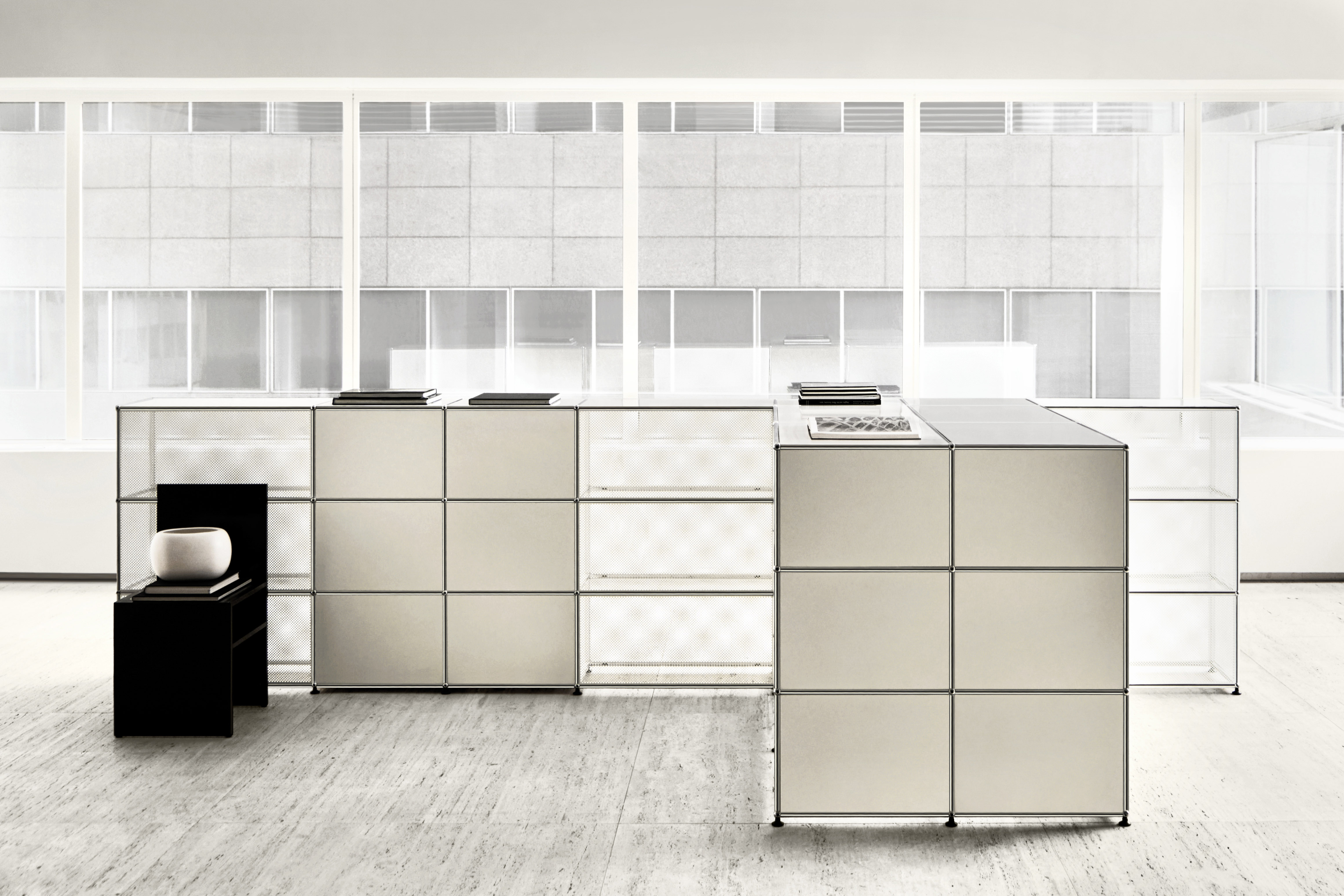

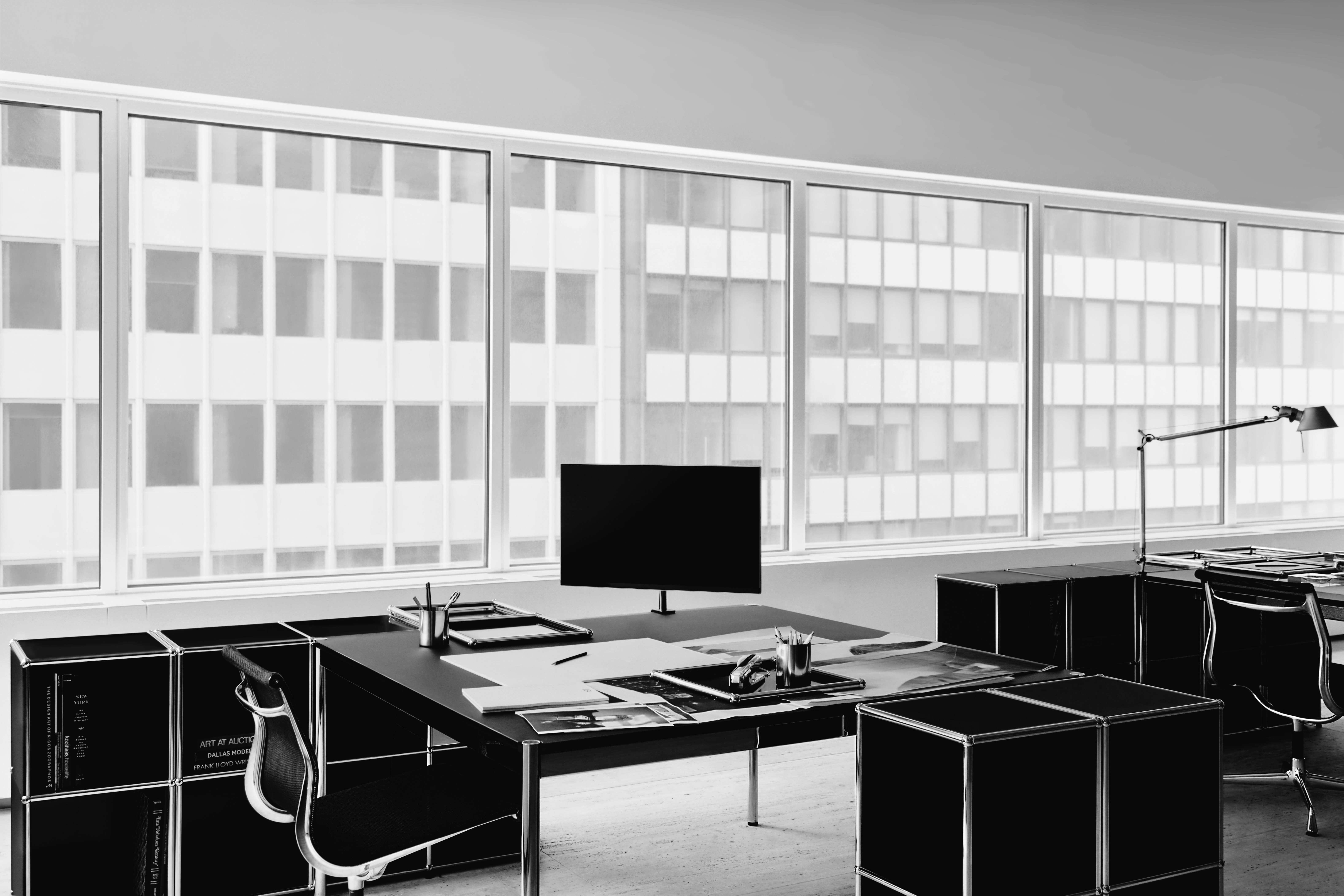
Ali Morris is a UK-based editor, writer and creative consultant specialising in design, interiors and architecture. In her 16 years as a design writer, Ali has travelled the world, crafting articles about creative projects, products, places and people for titles such as Dezeen, Wallpaper* and Kinfolk.
-
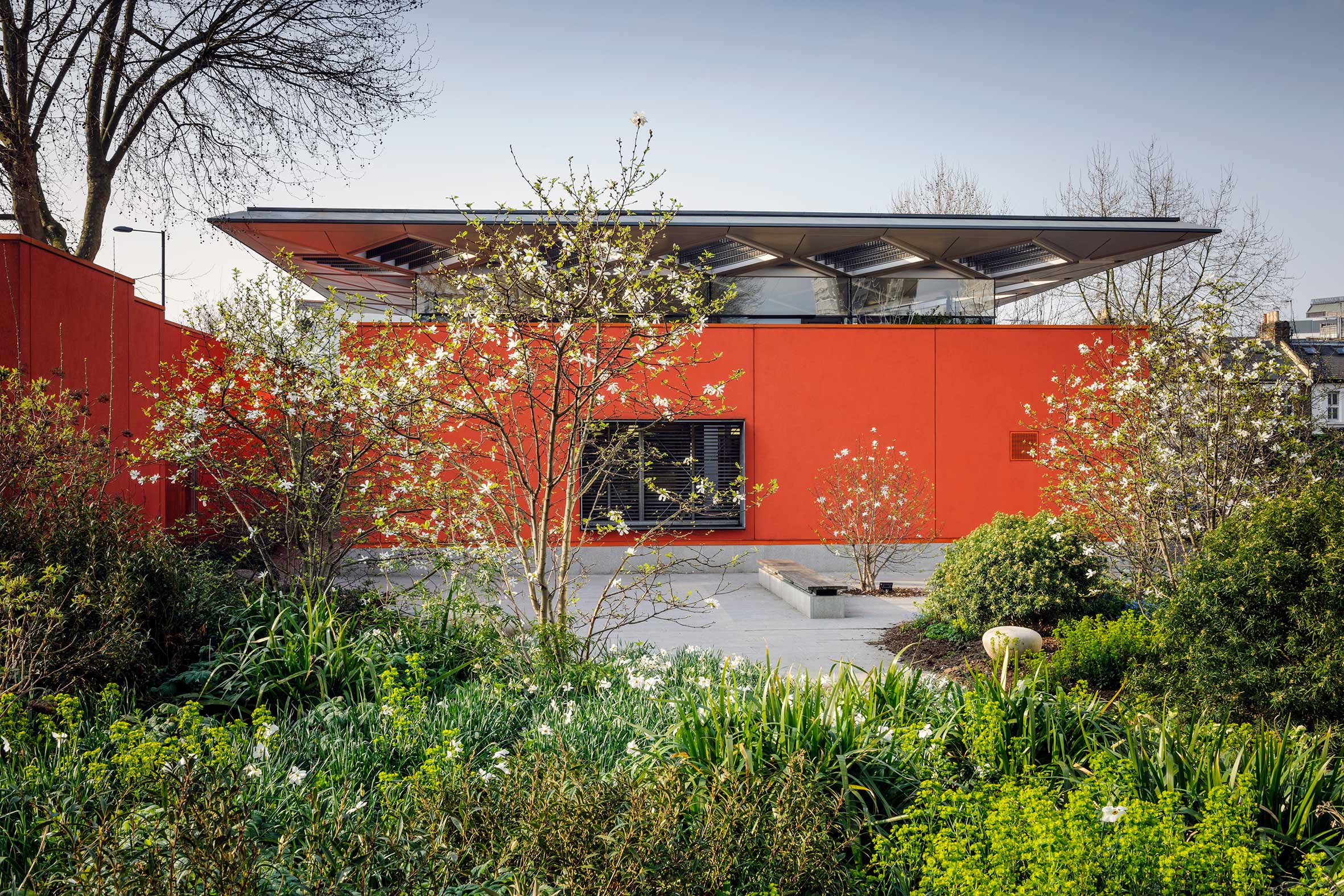 How Maggie’s is redefining cancer care through gardens designed for healing, soothing and liberating
How Maggie’s is redefining cancer care through gardens designed for healing, soothing and liberatingCancer support charity Maggie’s has worked with some of garden design’s most celebrated figures; as it turns 30 next year, advancing upon its goal of ‘30 centres by 30’, we look at the integral role Maggie’s gardens play in nurturing and supporting its users
-
 David Shrigley designs album cover for punk band Lambrini Girls
David Shrigley designs album cover for punk band Lambrini GirlsThe limited edition release from the Brighton duo is available now
-
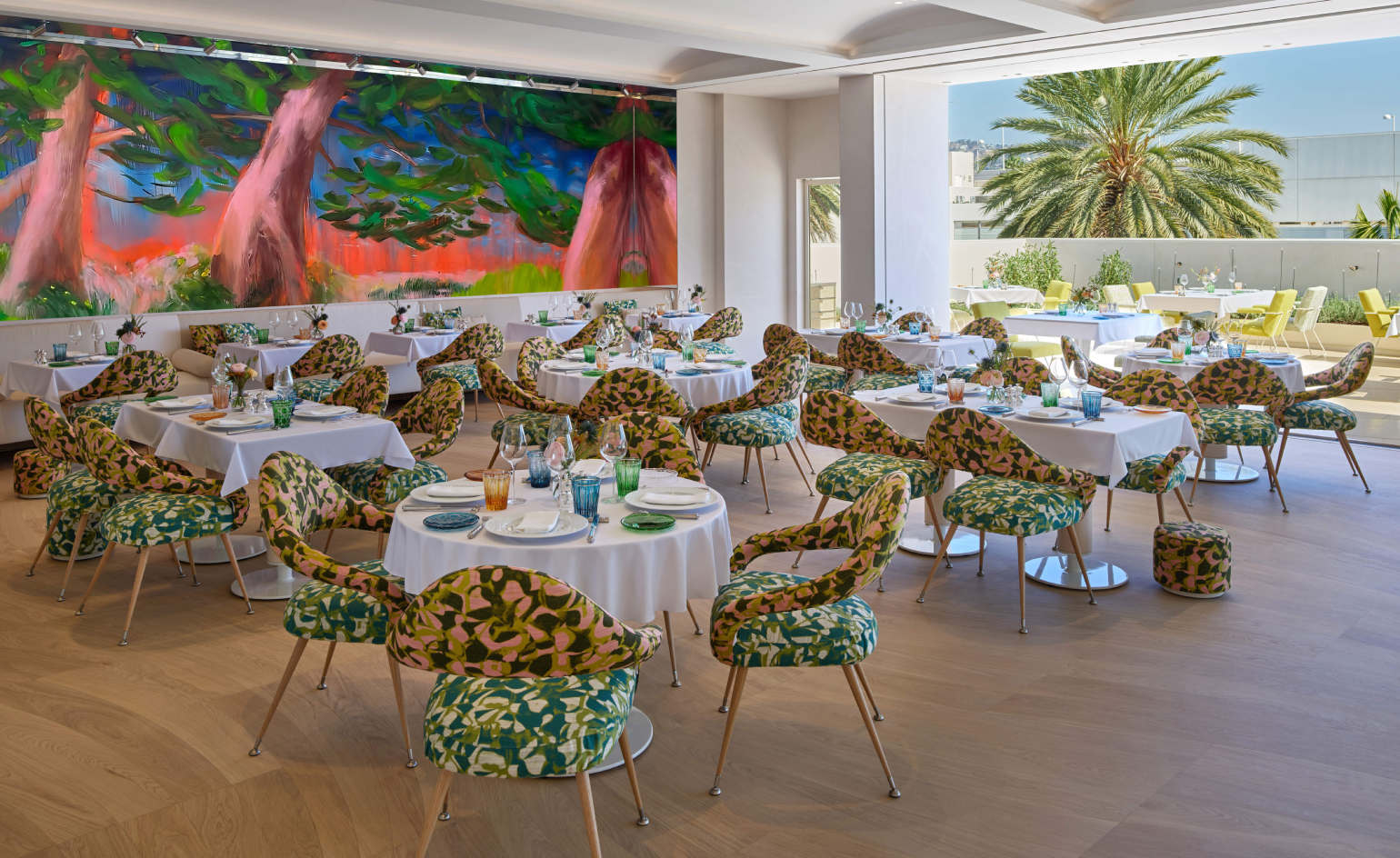 Dior’s new Beverly Hills dining salon raises the bar for couture cuisine
Dior’s new Beverly Hills dining salon raises the bar for couture cuisineFrom Peter Marino’s onyx bar and faceted mirrored walls to Nicole Wittenberg’s vast, immersive botanical canvas, Dior’s first restaurant outside Paris is here
-
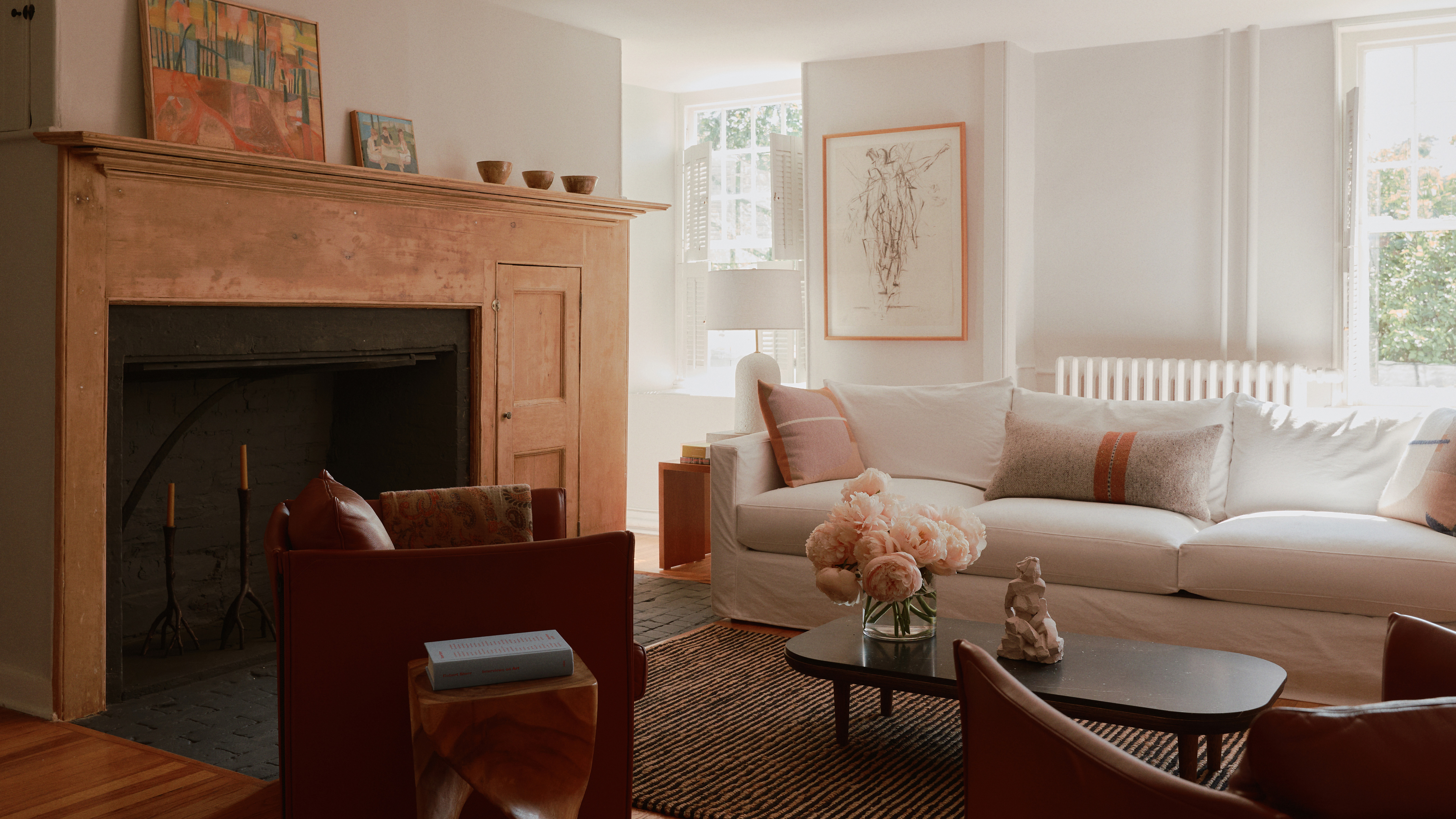 Once overrun with florals, this old Hudson farmhouse is now a sprawling live-work artist’s retreat
Once overrun with florals, this old Hudson farmhouse is now a sprawling live-work artist’s retreatBuilt in the 1700s, this Hudson home has been updated into a vast creative compound for a creative, yet still exudes the ‘unbuttoned’ warmth of its first life as a flower farm
-
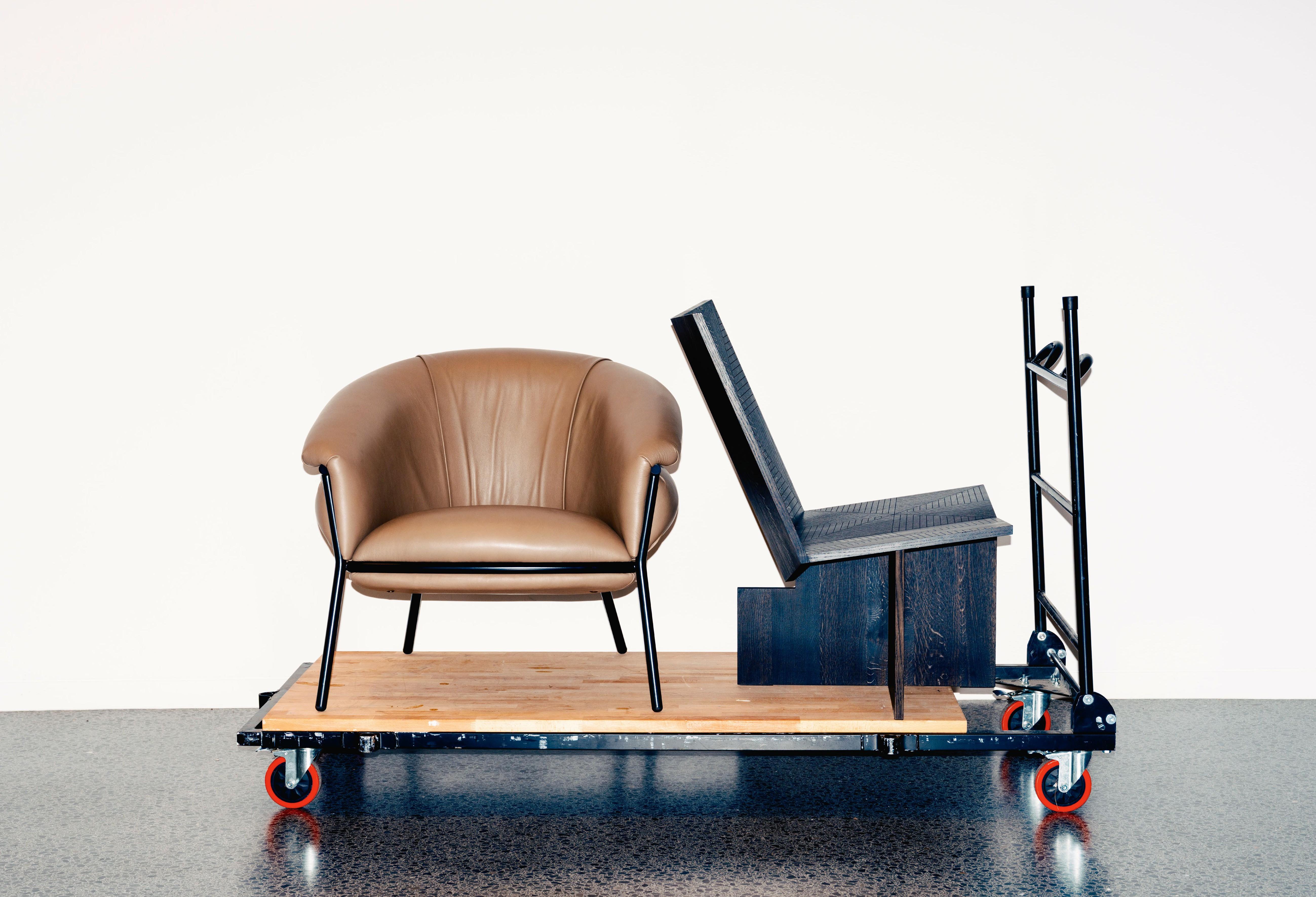 The furniture for the new Studio Museum in Harlem tells a story of its own
The furniture for the new Studio Museum in Harlem tells a story of its ownFurnishings at the new purpose-built home for New York’s Studio Museum in Harlem sit in harmony with its mission as an uplifting platform for artists of African descent
-
 Inside Lily Allen and David Harbour's maximalist Brooklyn townhouse, now on the market for $8 million
Inside Lily Allen and David Harbour's maximalist Brooklyn townhouse, now on the market for $8 millionThe former couple have listed their Billy Cotton-renovated Carroll Gardens brownstone, which has been immortalised in Allen’s new album ‘West End Girl’
-
 This midcentury-inspired Brooklyn brownstone is the perfect autumnal escape
This midcentury-inspired Brooklyn brownstone is the perfect autumnal escapeAs the leaves turn in Prospect Park, a century-old home nearby is reimagined by Enso into a quietly poetic, midcentury haven
-
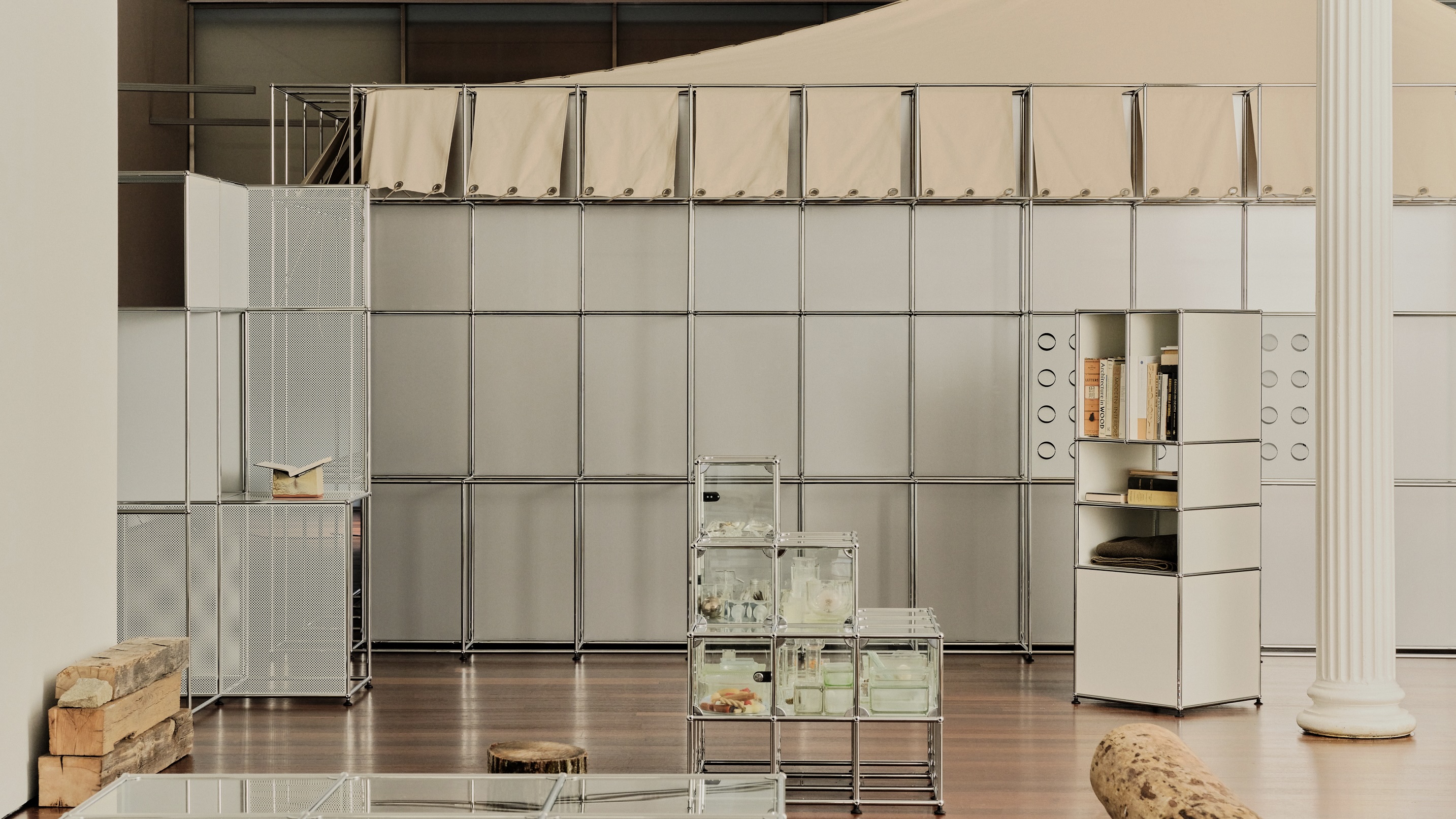 USM furniture turns shelter in a New York exhibition
USM furniture turns shelter in a New York exhibition‘The Room You Carry’ by interior design studio Loveisenough examines the space between order and wilderness, indoors and outdoors
-
 This Brooklyn townhouse renovation nails ‘classic’ without cliché
This Brooklyn townhouse renovation nails ‘classic’ without clichéInterior design firm White Arrow transformed a Boerum Hill home into a space that feels historic, contemporary, and just unexpected enough to keep things interesting
-
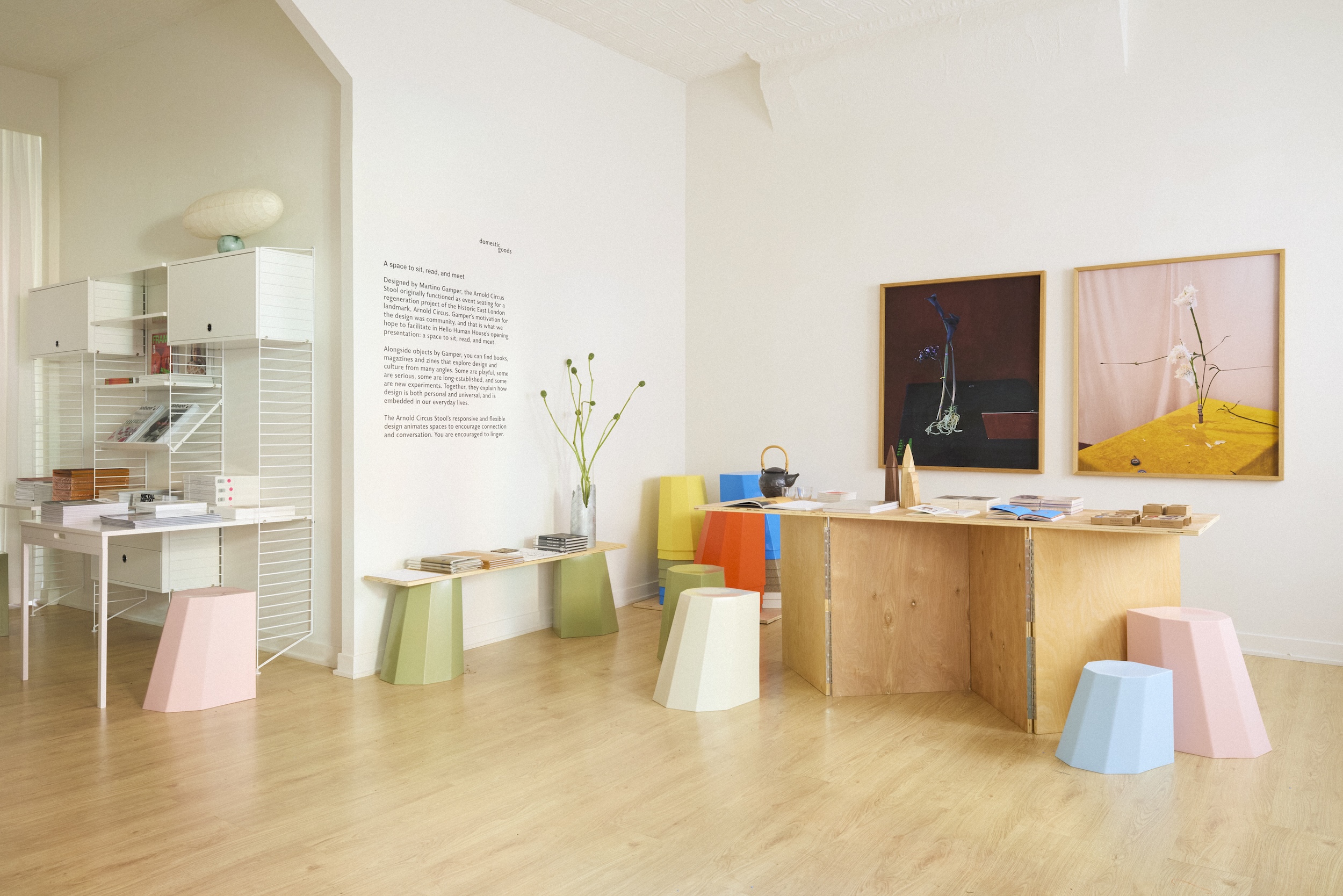 Design fairs are expensive. This new hybrid gallery wants to give creatives an alternative
Design fairs are expensive. This new hybrid gallery wants to give creatives an alternativeHello Human House – a new gallery, events space, and office – wants to make it easier for artists and designers to share their work
-
 These sculptural mirrors embody the relaxed spirit of the Med
These sculptural mirrors embody the relaxed spirit of the MedPhotographed in a Mallorcan residence designed by local studio Munarq, these new sculptural mirrors by New York furniture company Ready To Hang are inspired by the sea